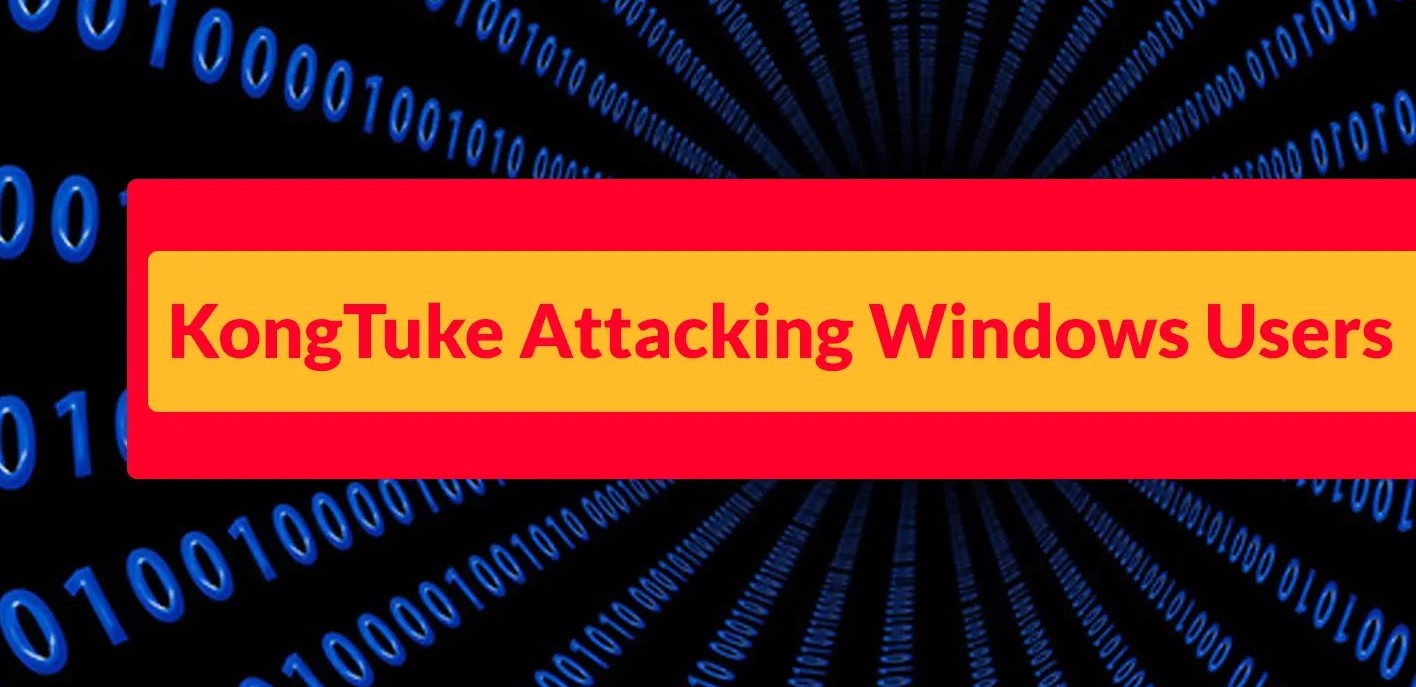
KongTuke Attacking Windows Users With New Interlock RAT Variant Using FileFix Technique
Unpacking KongTuke’s Latest Attack: A Deeper Look at Interlock RAT and the Novel FileFix Technique
In the evolving landscape of cyber threats, staying ahead of sophisticated malware campaigns is paramount for protecting digital assets. A critical new development demands immediate attention: the emergence of a highly advanced malware campaign leveraging the KongTuke threat cluster. This latest iteration targets Windows users with a new variant of the Interlock Remote Access Trojan (RAT), deployed via an innovative technique known as FileFix. This represents a significant escalation, showcasing increased operational sophistication and resilience compared to previous iterations.
The Interlock RAT Under the Microscope: A Shift to PHP
Previous observations of the Interlock RAT primarily pointed to JavaScript-based implementations. However, the current KongTuke campaign marks a stark evolution: the deployment of an advanced PHP-based variant of Interlock RAT. This architectural shift significantly enhances the RAT’s capabilities. A PHP-based RAT can offer greater cross-platform compatibility (though this campaign specifically targets Windows), improved obfuscation potential, and potentially more robust communication channels with command-and-control (C2) servers. Its ability to execute complex commands remotely and maintain persistence on compromised systems makes it a formidable adversary.
Understanding the Novel FileFix Technique
The ingenuity of this new campaign lies in its deployment mechanism: the FileFix technique. While specific technical details surrounding “FileFix” are still emerging, its designation suggests a novel method of file manipulation or exploitation on the target system to facilitate the Interlock RAT’s installation and execution. This could involve:
- Exploiting legitimate system utilities for file modification.
- Abusing trusted processes to inject malicious code or pathways.
- Leveraging file system vulnerabilities to establish persistence or bypass security controls.
The “FileFix” nomenclature implies a deceptive approach, potentially mimicking benign system operations to avoid detection.
Widespread Observations and Operational Sophistication
Since May 2025, cybersecurity researchers have observed widespread deployment of this sophisticated campaign. This indicates a well-resourced and operationally mature threat actor. The use of a novel deployment technique like FileFix combined with an evolved, PHP-based RAT variant underscores an adversary continually refining their attack methodologies. This level of sophistication highlights the need for dynamic and adaptive defensive strategies.
Remediation Actions and Proactive Defense
Protecting against sophisticated threats like KongTuke and the Interlock RAT requires a multi-layered security approach. Implementing the following actions can significantly reduce exposure and mitigate risk:
- Endpoint Detection and Response (EDR): Deploy and actively monitor EDR solutions capable of detecting anomalous process behavior, file modifications, and network communications indicative of RAT activity.
- Network Segmentation: Implement strict network segmentation to limit the lateral movement of malware within an environment if an initial compromise occurs.
- Application Whitelisting: Restrict the execution of unauthorized applications by implementing application whitelisting policies. This can prevent unknown or malicious executables, including new RAT variants, from running.
- Regular Software Updates and Patching: Ensure all operating systems (Windows) and applications are kept up-to-date with the latest security patches. This mitigates vulnerabilities that adversaries, including those using the FileFix technique, might exploit.
- Security Awareness Training: Educate users about the dangers of phishing, social engineering, and suspicious attachments. Many sophisticated attacks begin with human error.
- Intrusion Detection/Prevention Systems (IDPS): Configure and tune IDPS to detect known command-and-control (C2) patterns and suspicious outbound connections that might indicate RAT communication.
- Regular Backups: Maintain reliable and tested backups of critical data, isolated from the network to facilitate recovery in the event of a successful attack.
Essential Tools for Detection and Mitigation
| Tool Name | Purpose | Link |
|---|---|---|
| Microsoft Defender for Endpoint | Comprehensive EDR for Windows environments, offering advanced threat protection. | Not directly linkable, integrated within Windows. |
| Sysinternals Process Monitor | Monitor file system, registry, and process activity for suspicious behavior indicative of FileFix. | https://learn.microsoft.com/en-us/sysinternals/downloads/procmon |
| Wireshark | Network protocol analyzer for deep inspection of network traffic to detect C2 communications. | https://www.wireshark.org/ |
| Snort/Suricata | Open-source Network IDPS for detecting suspicious network activity and known attack patterns. | https://www.snort.org/ (Snort) https://suricata.io/ (Suricata) |
Conclusion: Heightened Vigilance Against Evolving Threats
The KongTuke campaign, with its new PHP-based Interlock RAT variant and the novel FileFix technique, serves as a stark reminder of the persistent and evolving nature of cyber threats. Organizations must continuously adapt their security postures, focusing on robust detection capabilities, proactive defense measures, and comprehensive user education. Staying informed about emerging threats and implementing actionable intelligence are critical for protecting Windows environments against such sophisticated adversaries.





